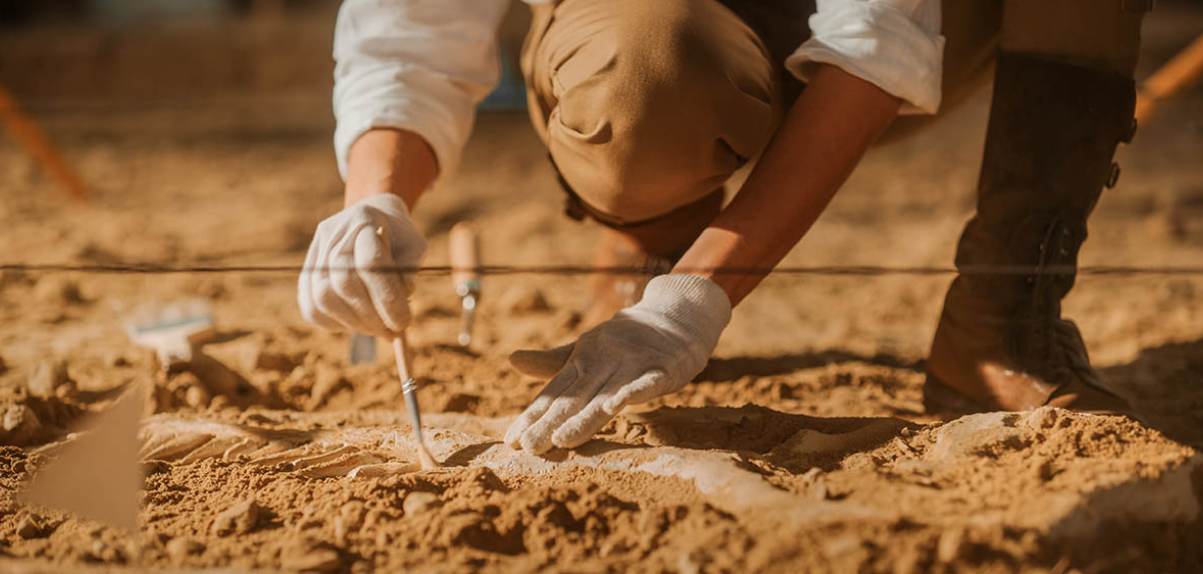
For decades, it was believed that a significant portion of an ancient wall in the heart of Jerusalem was built by King Hezekiah of Judah as a defensive measure against the advancing Assyrian Empire after the fall of the Kingdom of Israel. This attribution, which connected the wall to the Biblical stories, long stood as a pillar of historical concept. However, recent research over nearly a decade has radically changed this perspective by showing that the wall was in fact built by Hezekiah’s great-grandfather, king Uzziah, in response to a great earthquake, which is a direct reference to Biblical stories that mention such natural catastrophes.
Stories
The traditional narrative placed the construction of the wall within Hezekiah’s reign, seen primarily as a military strategy against the threat of Sennacherib of Assyria.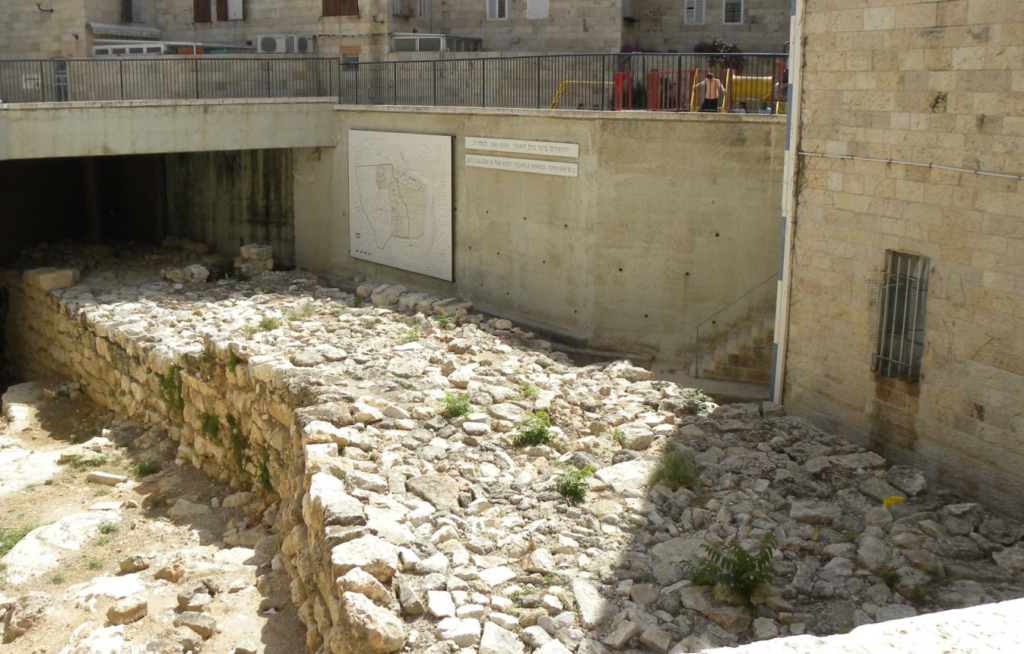
However, recent studies have shown that construction took place shortly after a significant earthquake, a event which is also described in Biblical texts such as the Second Book of Chronicles.
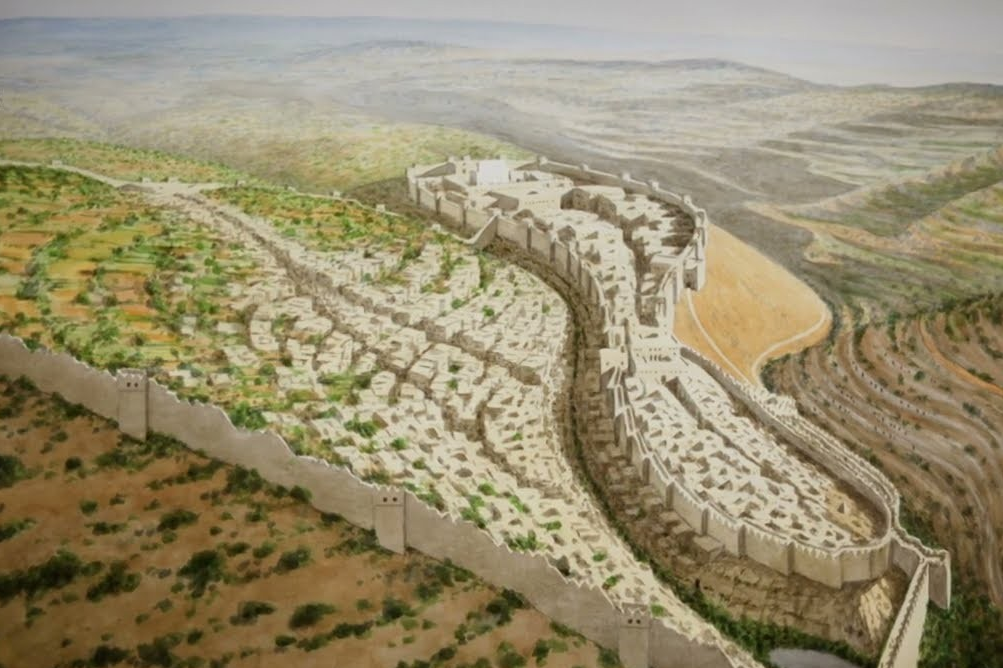
These texts tell of the construction of towers and other fortifications by King Uzziah, which is now supported by the archaeological findings.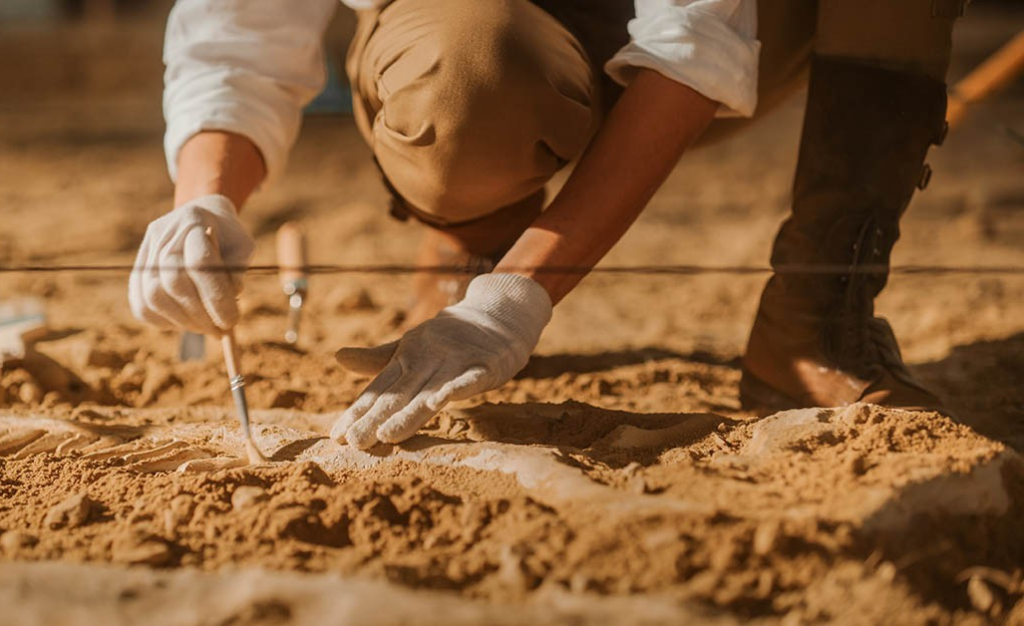
This provides a fascinating overlap between the archaeological data and the Biblical chronology, placing the historical reliability of these religious texts in a new light.

Research
The breakthrough in this research came with the application of advanced carbon-14 dating techniques through collaborations between the Israel Antiquities Authority, Tel Aviv University, and the Weizmann Institute of Science.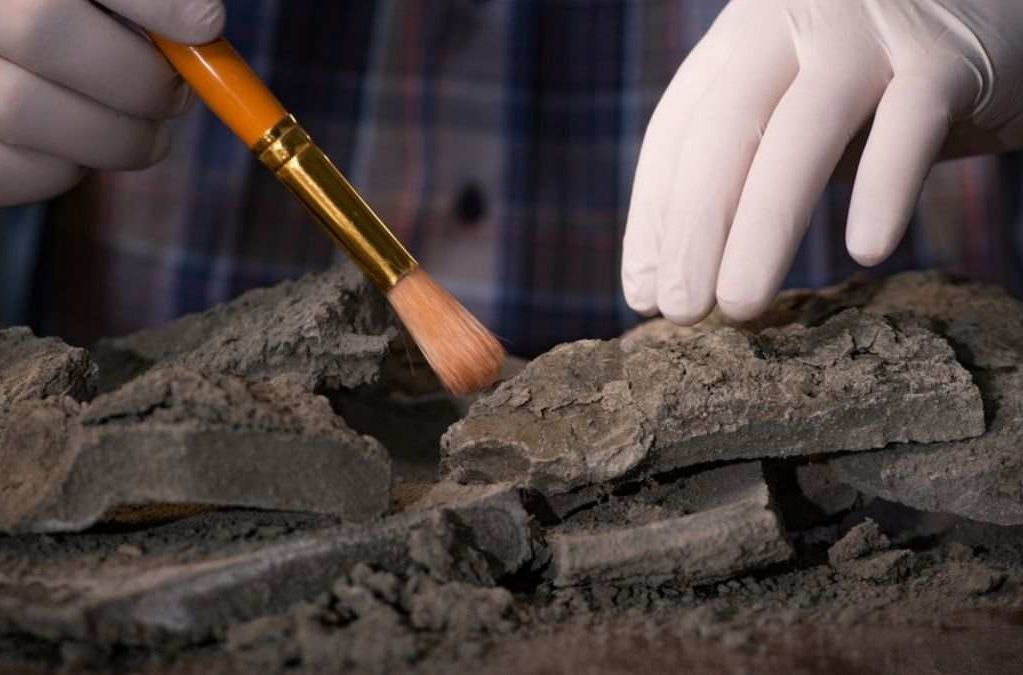
These methods, reinforced by data from ancient European tree rings, provided new insights that rewrote Jerusalem’s historical timeline.
The use of this advanced technologies makes it possible to look back in time with greater precision, giving researchers a clearer picture of when certain structures were founded and used.
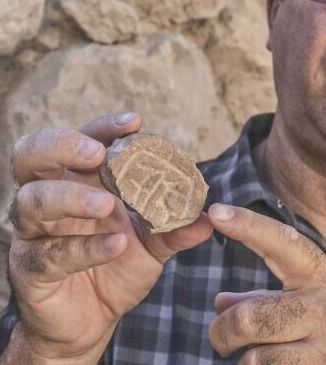
Developments
The research also revealed new aspects of Jerusalem’s demographic and spatial evolution.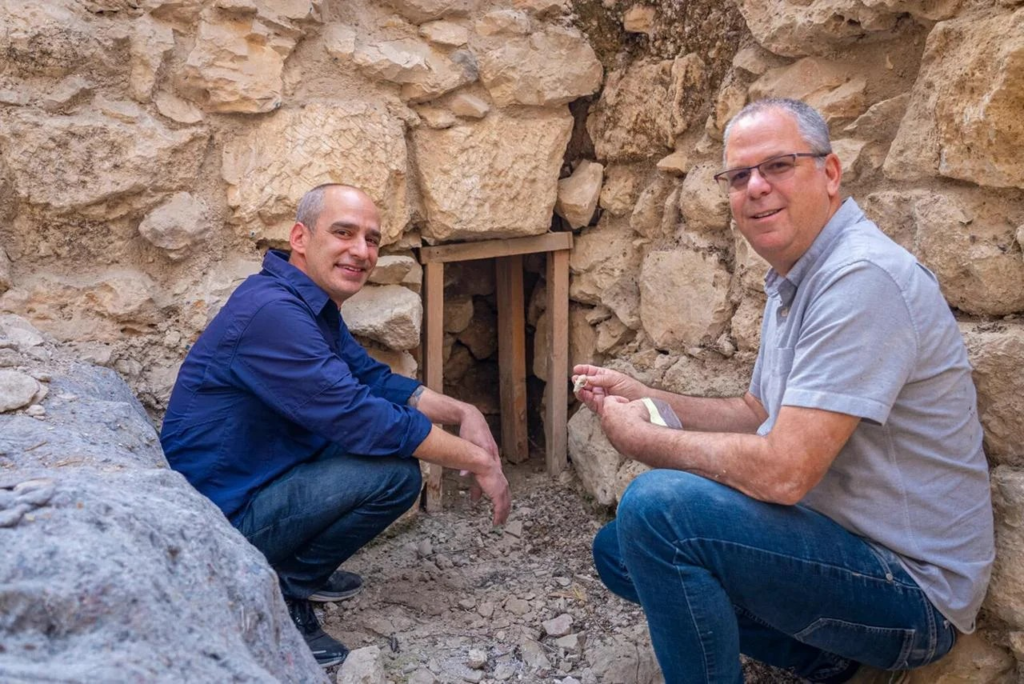
Rather than attributing expansion primarily to external factors such as the influx of refugees following Assyrian invasions, the findings highlight internal Judean growth as a significant influence.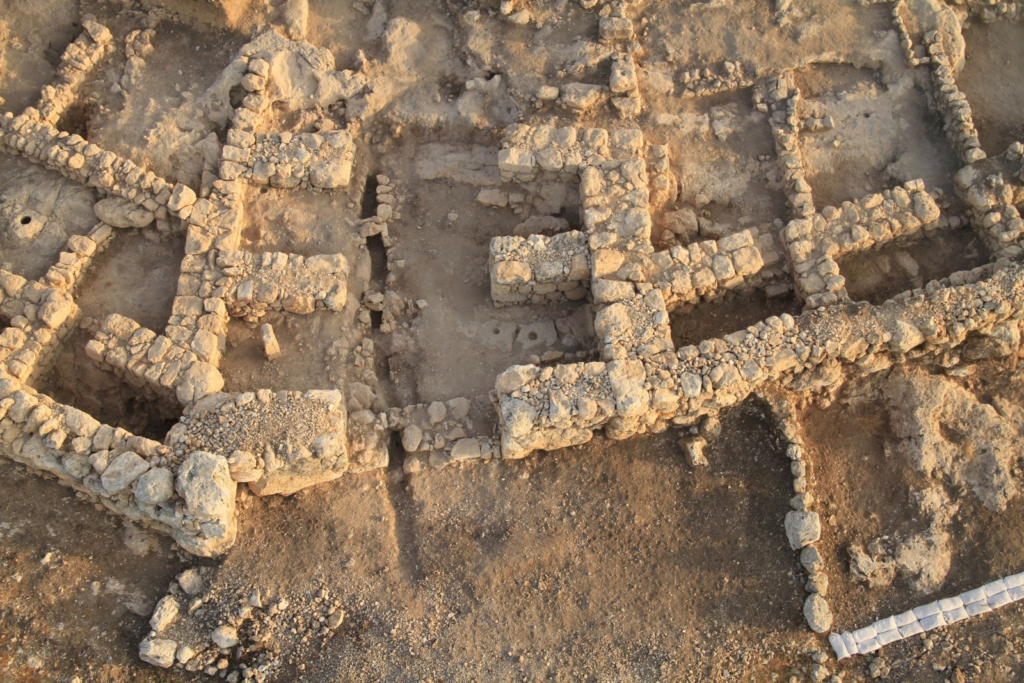
This underlines the complexity of the historical dynamics that shaped the city’s development.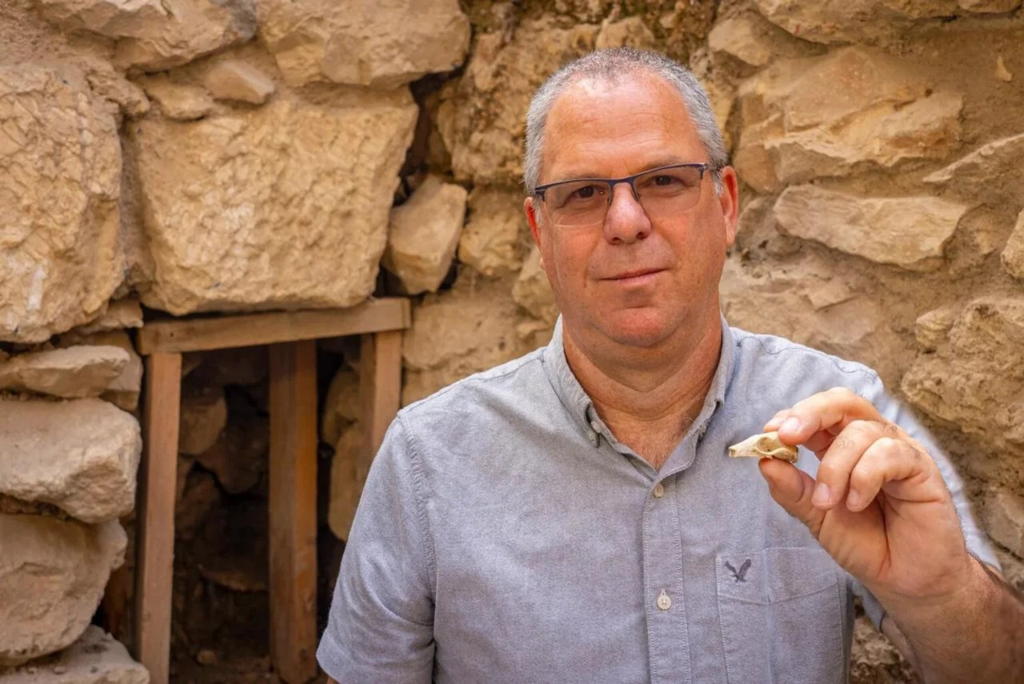
Revisiting the construction timeline of Jerusalem’s defenses sheds new light on the internal forces that contributed to the urban and cultural development during that period.
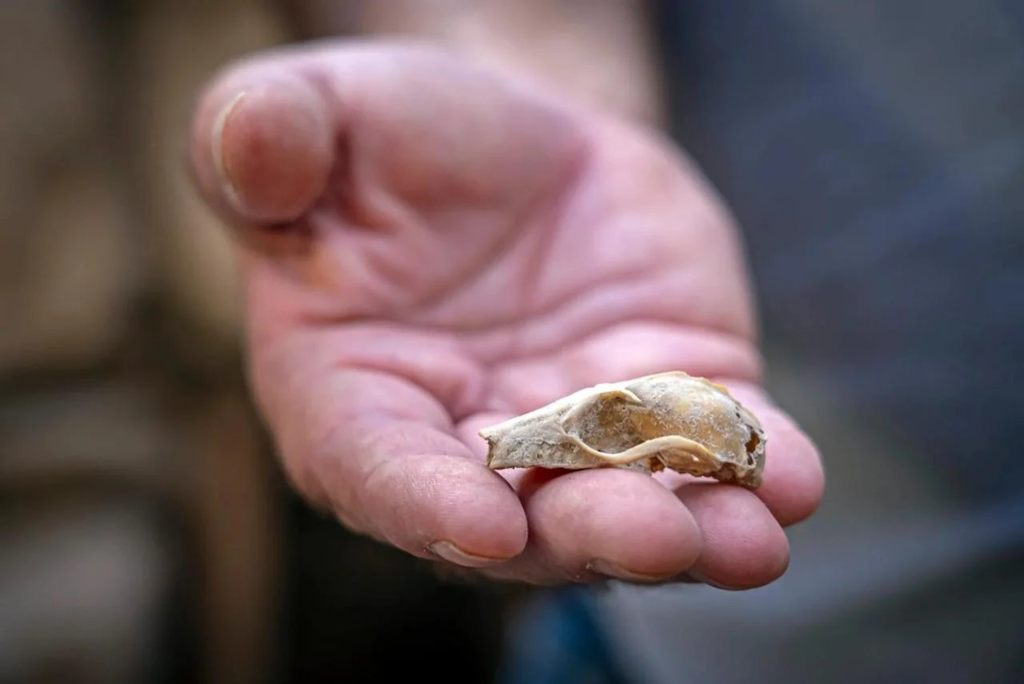
Extension
The study has not only changed views on defensive architecture and urban development, but has also enriched our understanding of Jerusalem’s role during the reigns of David and Solomon.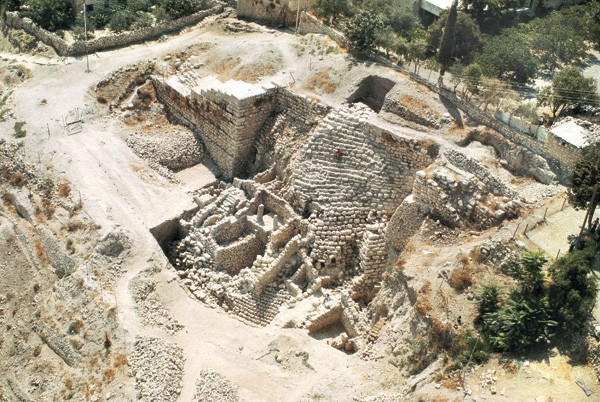
This offers new perspectives on the city’s Judean history and cultural legacy.
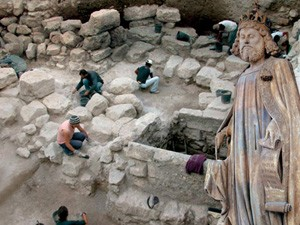
By identifying specific structures and correlating them with Biblical accounts, researchers illuminate the city’s prominent role during crucial historical periods, enriching our understanding of ancient Judean history and Jerusalem’s enduring legacy.
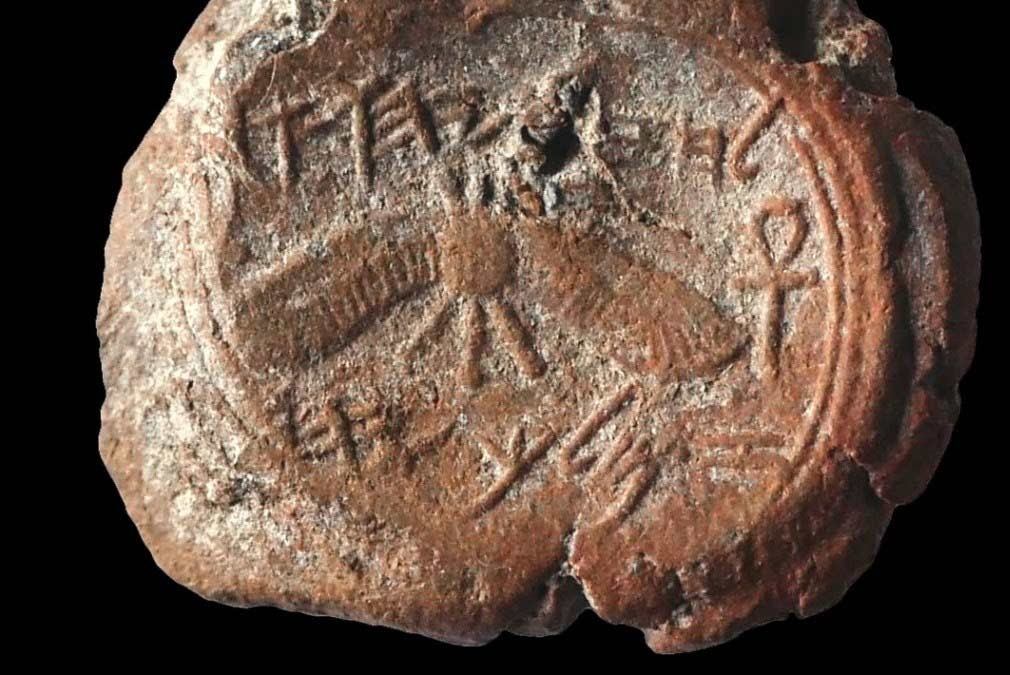
Contextualization
The findings of this research place the kingdom of Judah within a broader historical framework of the ancient Near East.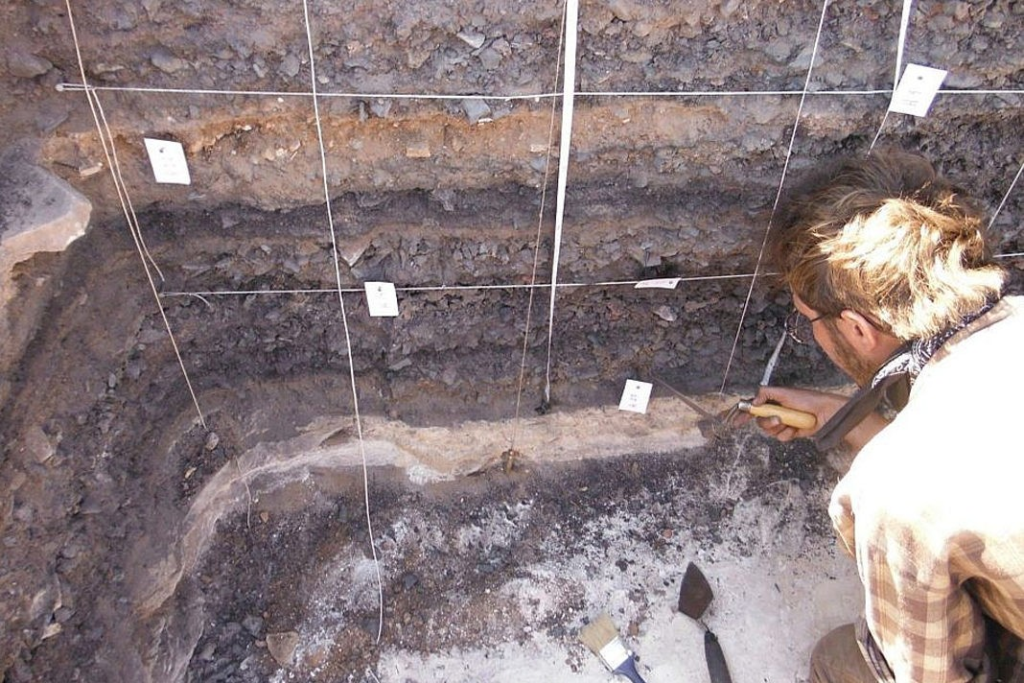
They highlight resilience and cultural wealth of the kingdom, even in the face of challenges such as the Babylonians besieging and destroying Jerusalem.
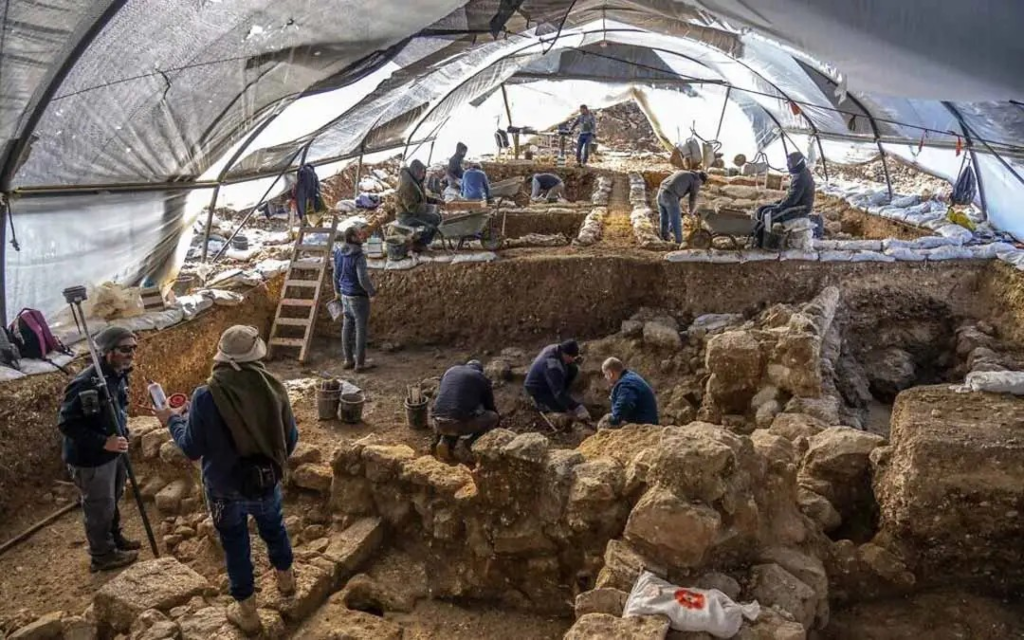
The research results provide valuable perspectives on the kingdom’s resilience, cultural heritage and enduring significance, helping to understand the historical and cultural continuity of this region.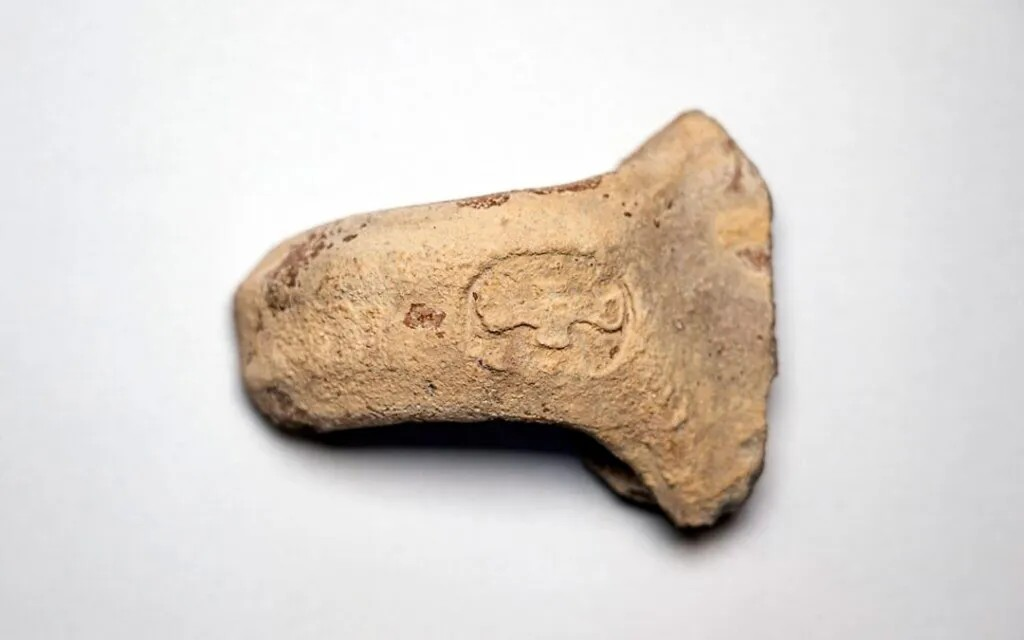
Key points of the article: ”Archaeologists make a groundbreaking discovery that could confirm the truth of the Bible! ” – summed up:
The traditional attribution of the building of the wall to King Hezekiah has been revised to King Uzziah.
This revision is supported by both archaeological evidence and Biblical accounts of a major earthquake.
Advanced carbon dating techniques have provided a more accurate picture of Jerusalem’s historical timeline.
Internal growth and development played a greater role in Jerusalem’s expansion than previously thought.
The study has enriched our understanding of Jerusalem’s historical and cultural dynamics during the period of David and Solomon.
The findings contribute to a deeper understanding of Jerusalem’s past and contextualize the kingdom of Judah within the broader history of the Near East.
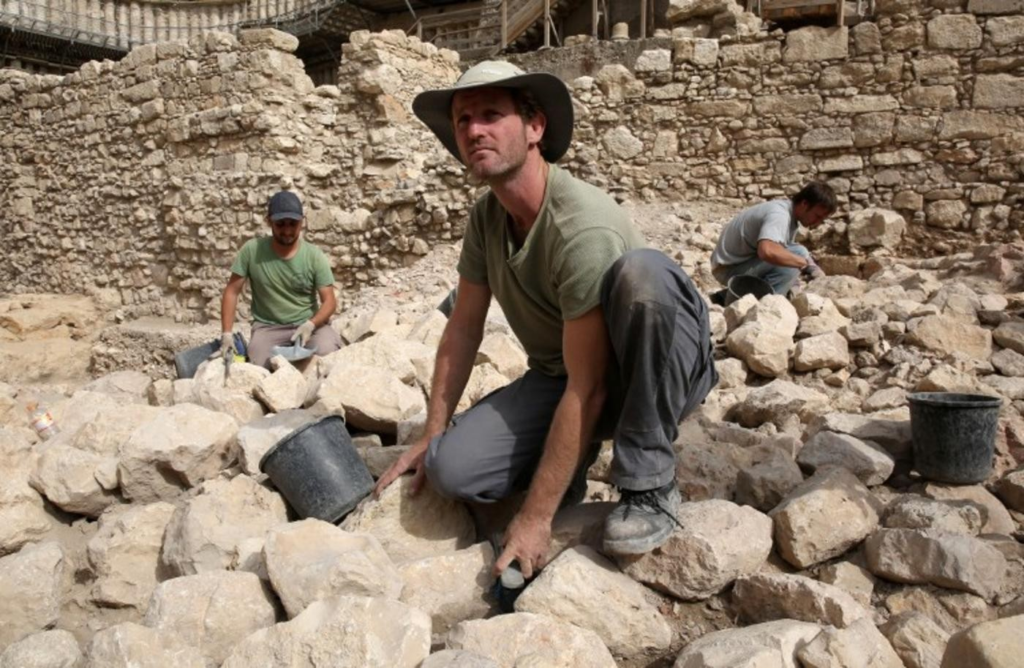
This comprehensive article provides a deeper insight into how the integration of archeology and historical texts can help us understand the past in new and enriching ways.
Share now: “Archaeologists make a groundbreaking discovery that could confirm the truth of the Bible!”





